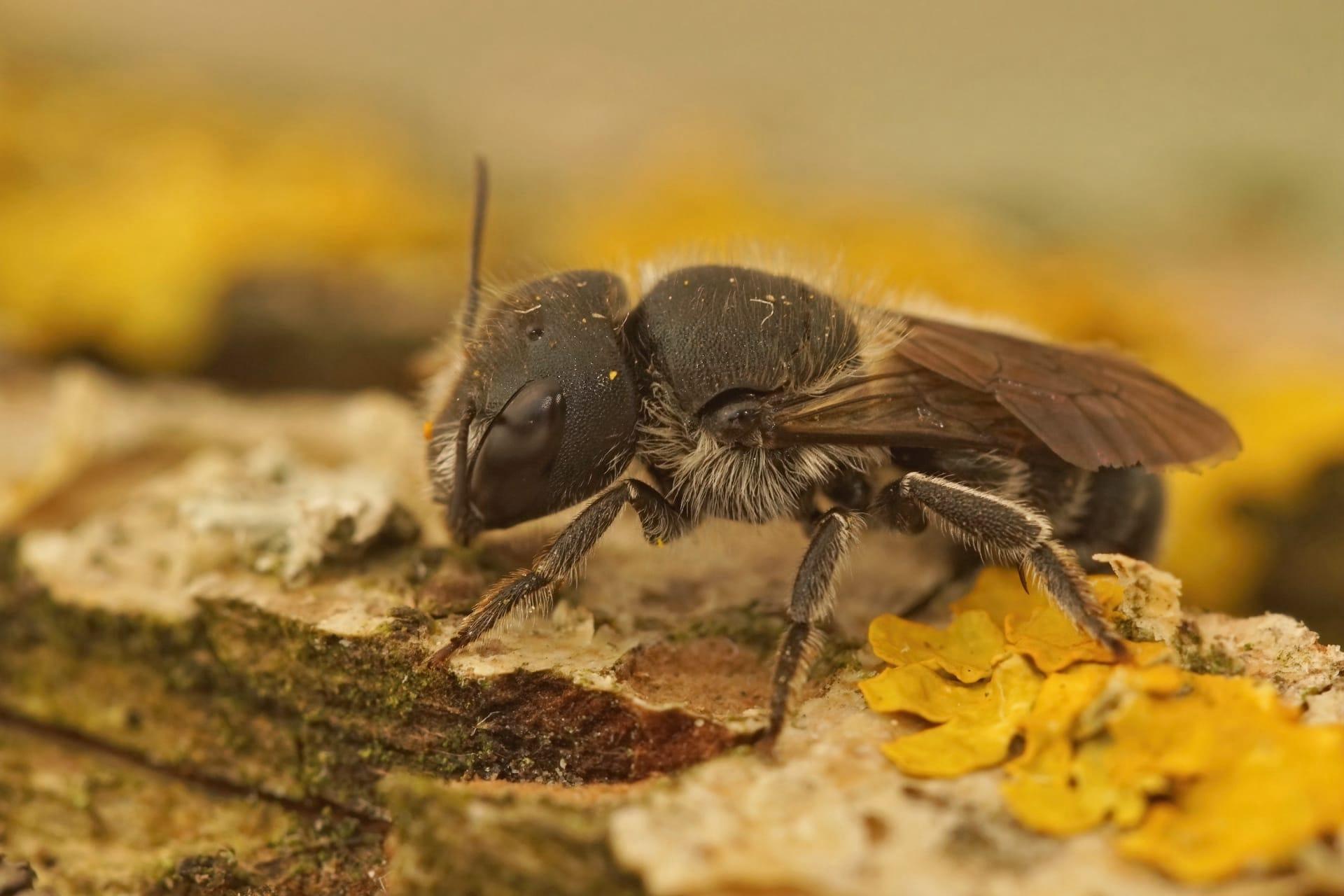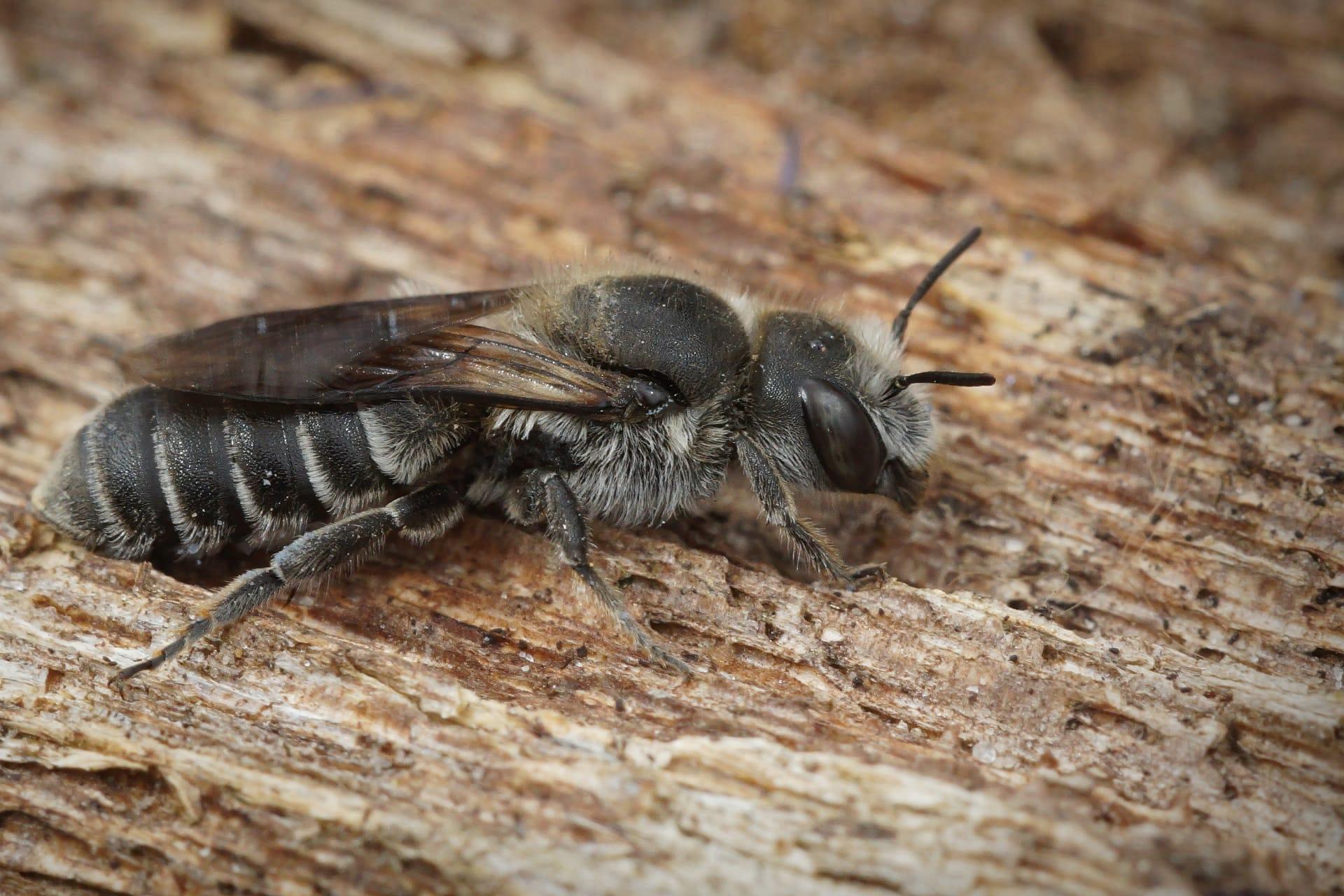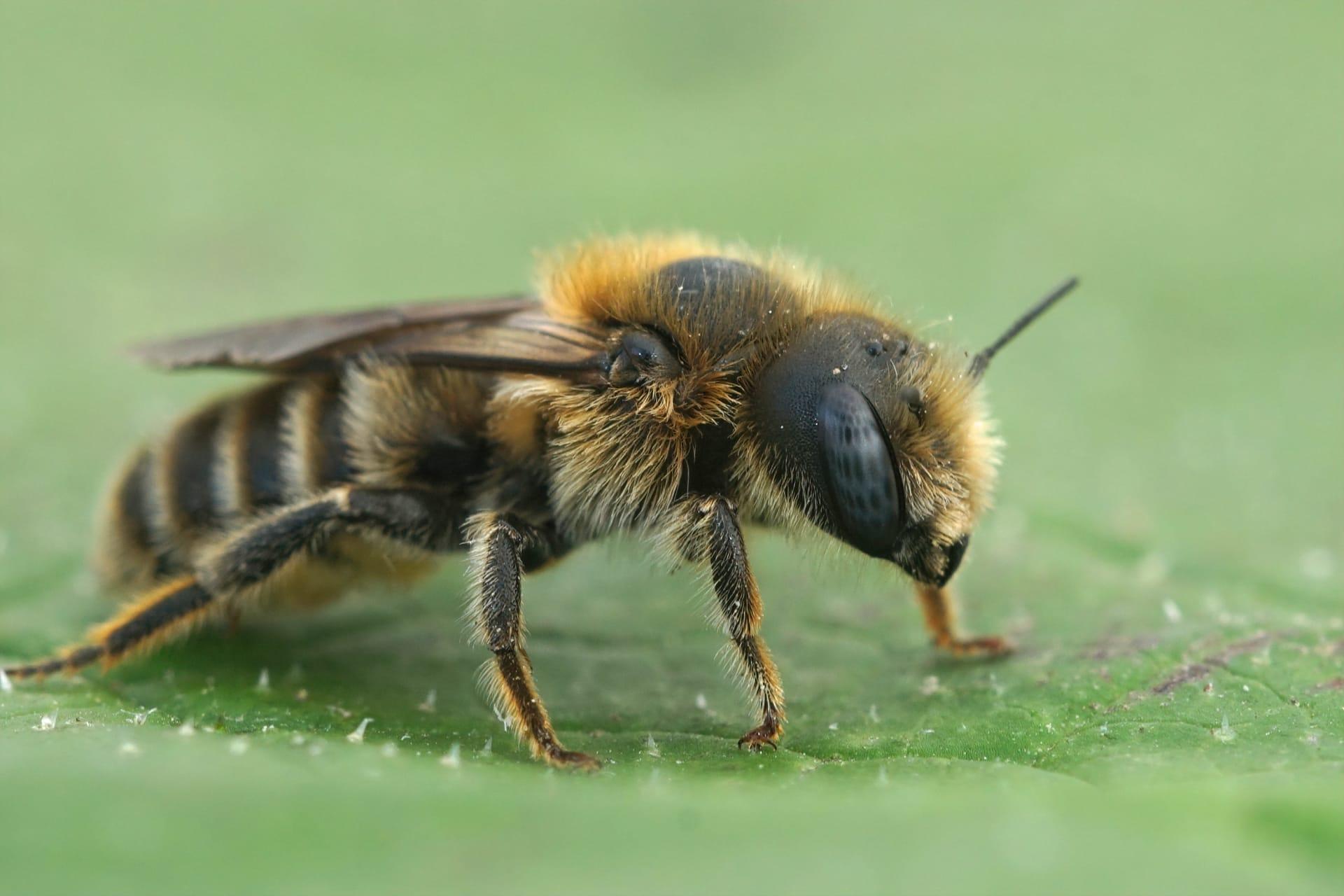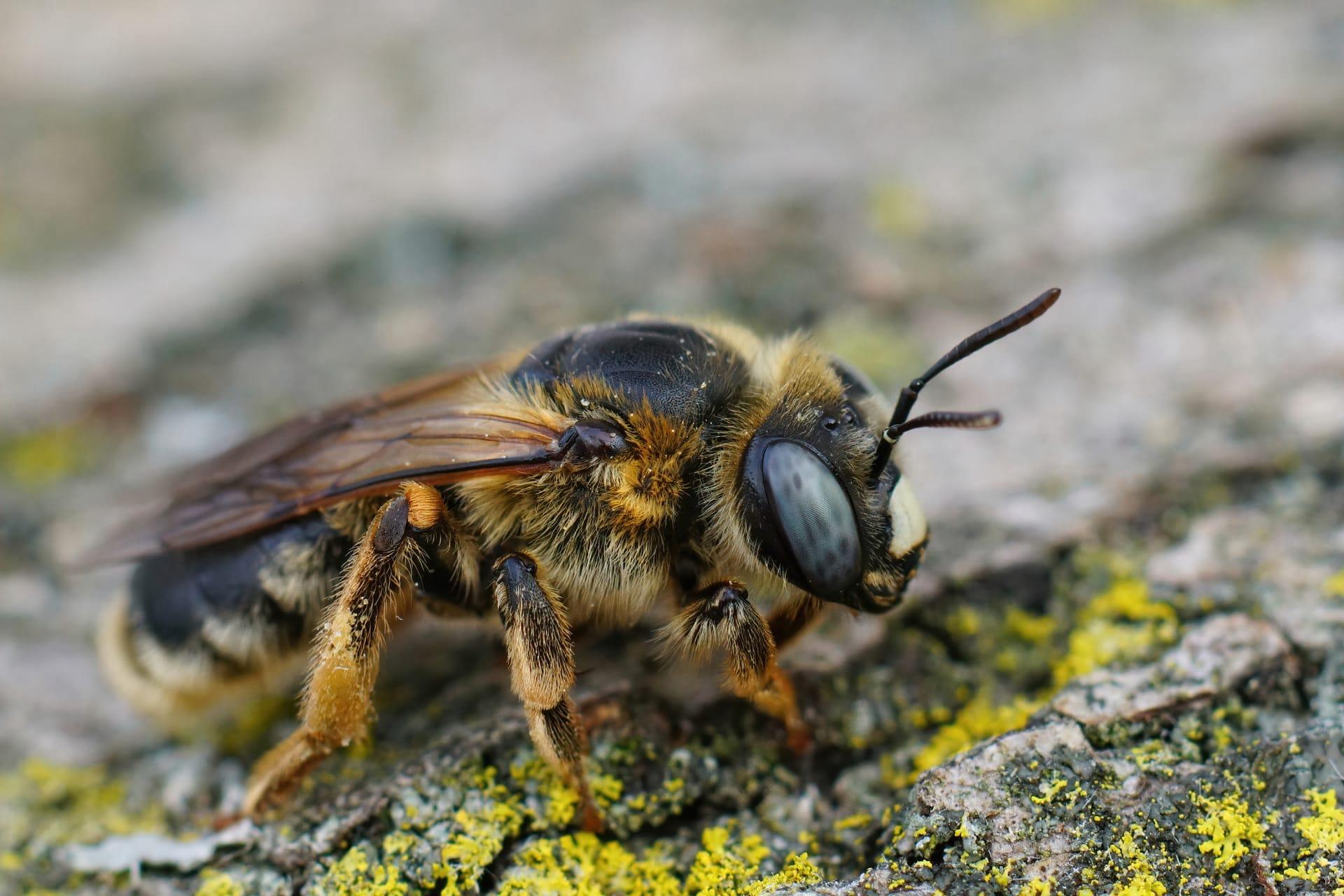Mason Bee Characteristics
- Home /
- Mini Encyclopedia /
- Animal /
- Mason Bee Characteristics
1
Mason bees, scientifically known as Osmia lignaria, are fascinating creatures of the bee world, often unrecognized for their significant role in pollination. These bees, smaller than the common honeybee, measure about 1/2 to 3/4 inch (1.3 to 1.9 cm) in length. Their bodies are robust and slightly metallic in sheen, with a unique blue-black, green, or rust color. Unlike honeybees, mason bees have a relatively short lifespan. Adult mason bees live for about 4 to 6 weeks. During this time, they are extremely active, focusing solely on pollination and reproduction.
One of the most distinctive features of the mason bee is its extraordinary method of nesting. Unlike honeybees that live in hives, mason bees are solitary creatures and use tiny holes or tubes for nesting. The female mason bee possesses a unique organ called the 'scopa,' unlike the honeybee's pollen basket (corbicula). The scopa, located under their abdomen, is a dense brush of hairs used to carry pollen. This feature makes them highly efficient pollinators, as they can carry large amounts of pollen from one flower to another. This characteristic is crucial for the fertilization of various plants and crops.

2
Question: "Why are mason bees important for the environment?"
Answer: Mason bees play a vital role in the environment as prolific pollinators. They are more efficient than honeybees in pollination, as a single mason bee can do the work of about 100 honeybees. This efficiency is due to their hairy bodies that catch and transfer more pollen between flowers. Additionally, mason bees pollinate a wide range of flowers and crops, contributing significantly to the health of ecosystems and agricultural productivity. Their pollination helps in the growth of fruit, vegetable, and nut crops, which is crucial for maintaining biodiversity and food security.

3
The movement characteristics of mason bees are quite distinct. They are known for their swift and agile flight, often appearing as a blur to the naked eye. Mason bees are able to hover and maneuver skillfully around flowers, which aids in their efficient pollination. They are also known to fly in cooler and cloudier conditions than most other bees, which extends their foraging time and pollination potential.
When it comes to feeding, mason bees have a preference for nectar and pollen from flowers. They are not as selective as some other bee species, which allows them to pollinate a wide variety of plants. The females collect pollen to feed their larvae, storing it in the nesting tubes along with an egg before sealing off each chamber with mud. This practice not only feeds their young but also contributes to the cross-pollination of numerous plants.

4
Mason bees thrive in a variety of environments, ranging from woodlands and gardens to meadows and urban areas. They prefer habitats that provide an abundance of flowering plants for nectar and pollen and access to mud, which is essential for their unique nesting behavior. Mason bees adapt well to human-made nesting structures, making them popular in urban and suburban gardens.
The reproduction of mason bees is a fascinating process. In spring, the males emerge first and wait for the females. After mating, the female mason bee begins the meticulous process of building her nest. She lays an egg in each cell of a tube-like nest, providing a mixture of nectar and pollen for the larva to consume once hatched. The female seals each cell with mud, ensuring protection for her offspring. These bees exhibit a solitary behavior, with each female responsible for her own nest, unlike communal honeybees.

5
Book: "Mason Bee Revolution: How the Hardest Working Bee Can Save the World One Backyard at a Time" by Dave Hunter and Jill Lightner. This book, originating from the USA and published in 2016, offers a comprehensive guide on mason bees. The authors, an expert beekeeper and a seasoned writer, delve into the biology and behavior of mason bees, emphasizing their role in pollination and ecological balance. They also provide practical tips on how to attract and sustain these bees in your garden.
Book: "The Orchard Mason Bee: The Life History, Biology, Propagation, and Use of a North American Native Bee" by Brian L. Griffin. Published in the USA in the 1990s, this book is a pioneering resource on mason bees. Griffin, a devoted bee enthusiast, presents detailed insights into the life cycle and habits of mason bees. He also shares valuable information on how to cultivate and care for these bees, particularly in orchards and gardens, highlighting their importance in natural and controlled pollination.